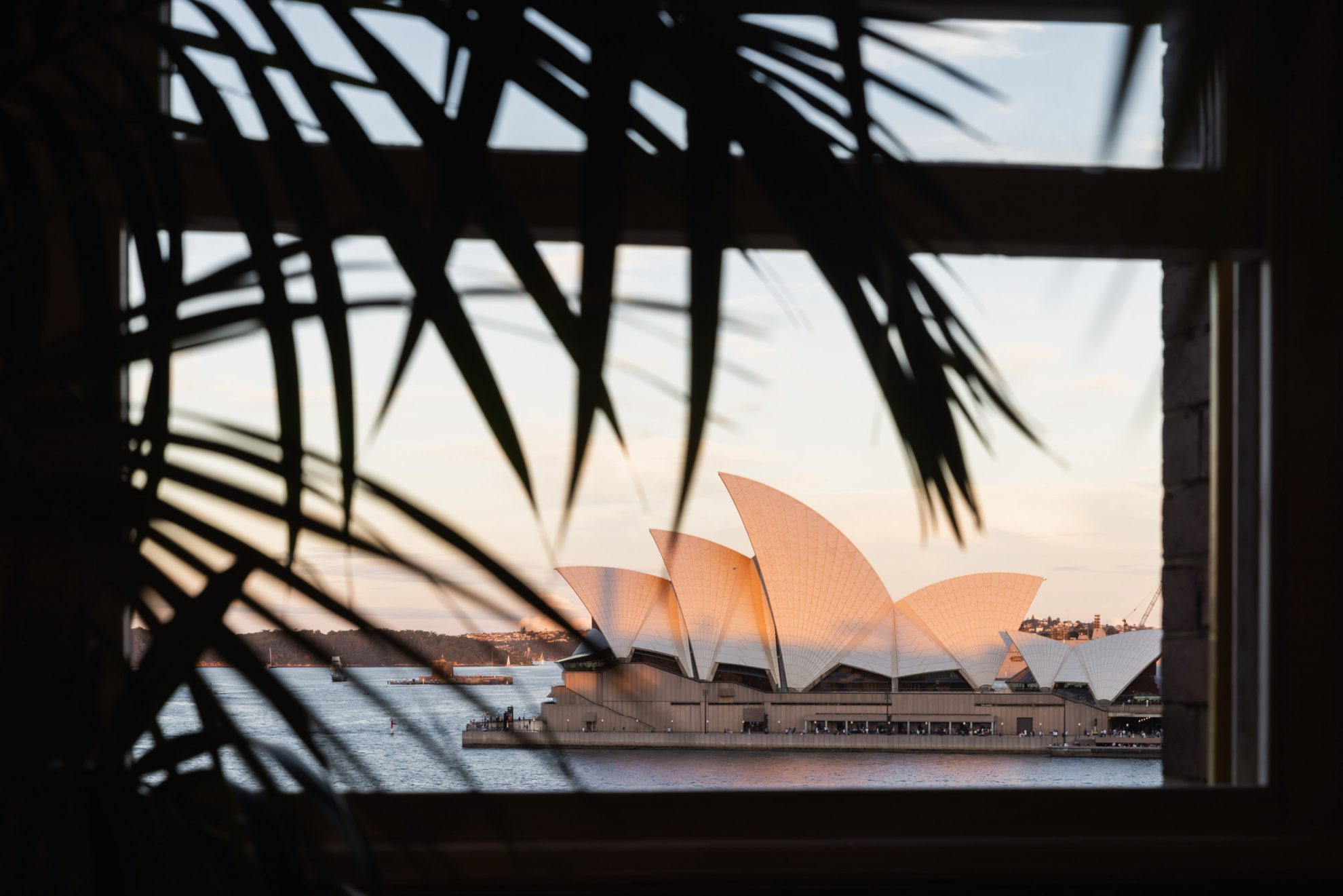By the community, for the climate: unlocking collaboration in the pursuit towards net zero
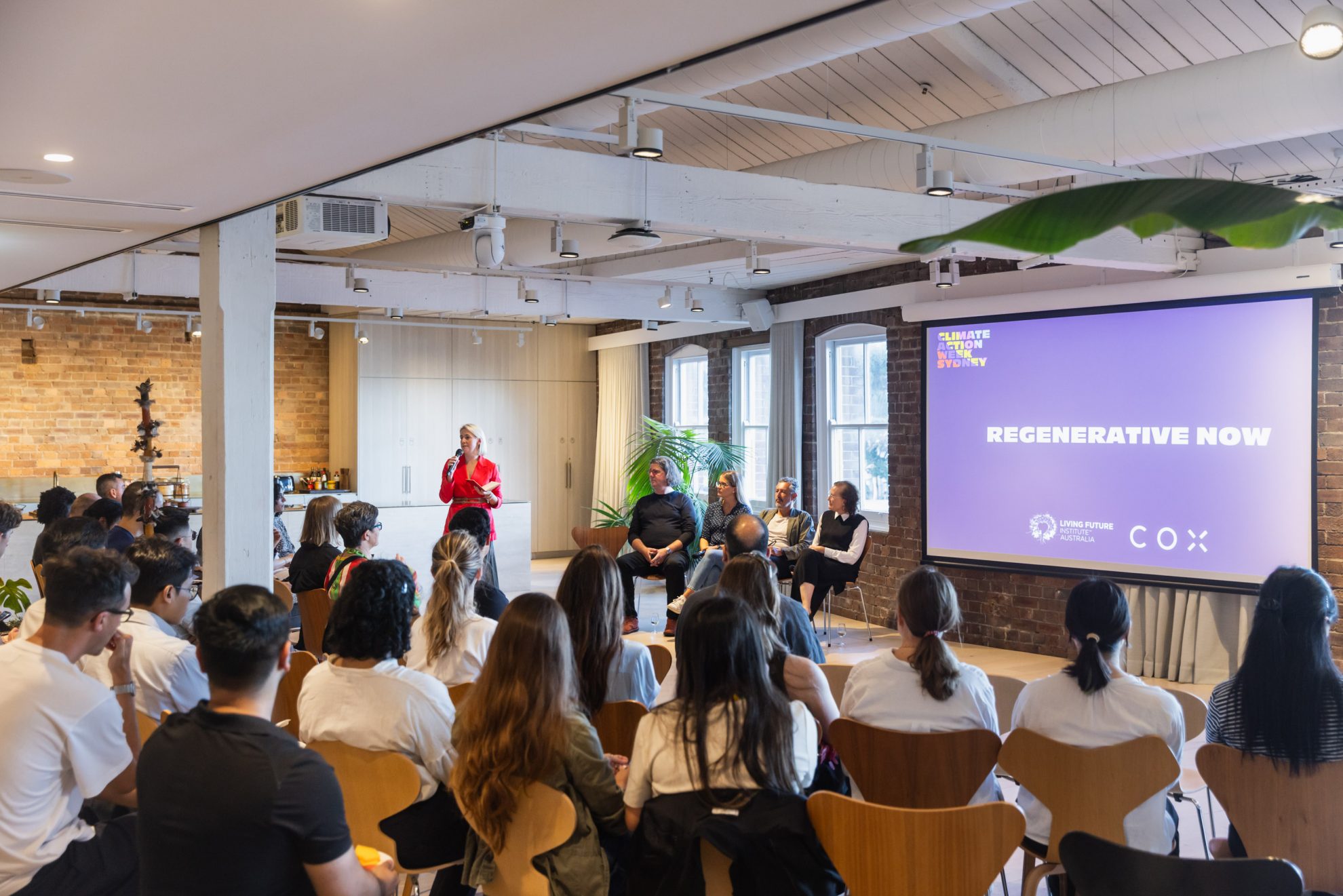
As the climate crisis accelerates, it’s clear that no single organisation, profession or community can solve it alone. At COX, we believe change happens when we come together and share knowledge, challenge norms and reimagine systems. Sydney’s Climate Action Week, themed ‘By the Community, For the Climate’, was a timely opportunity to do just that.
Over the course of the week, we participated in a series of conversations on regenerative design, material transparency and low-carbon innovation. Here’s a look at what we saw, heard and took away.
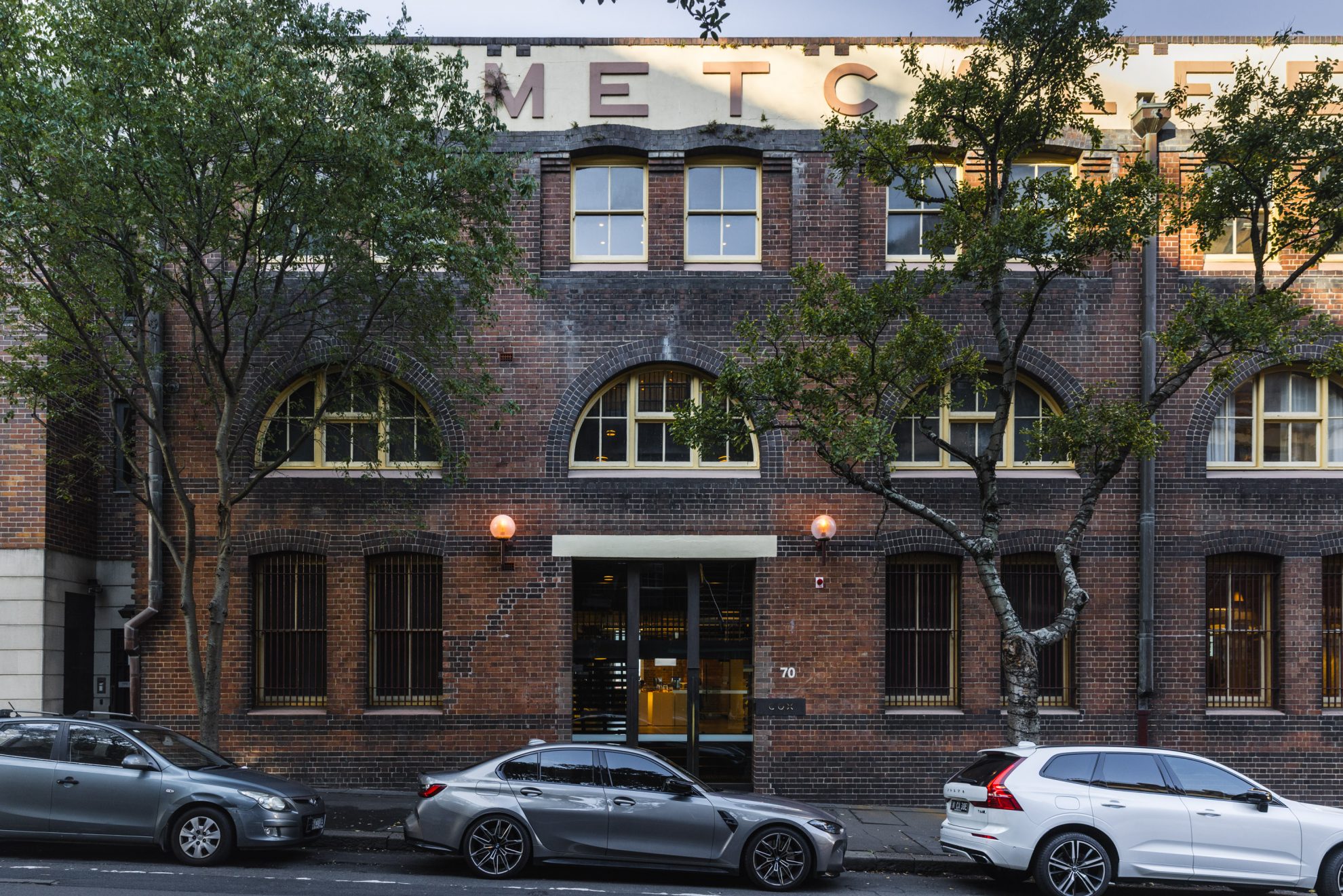
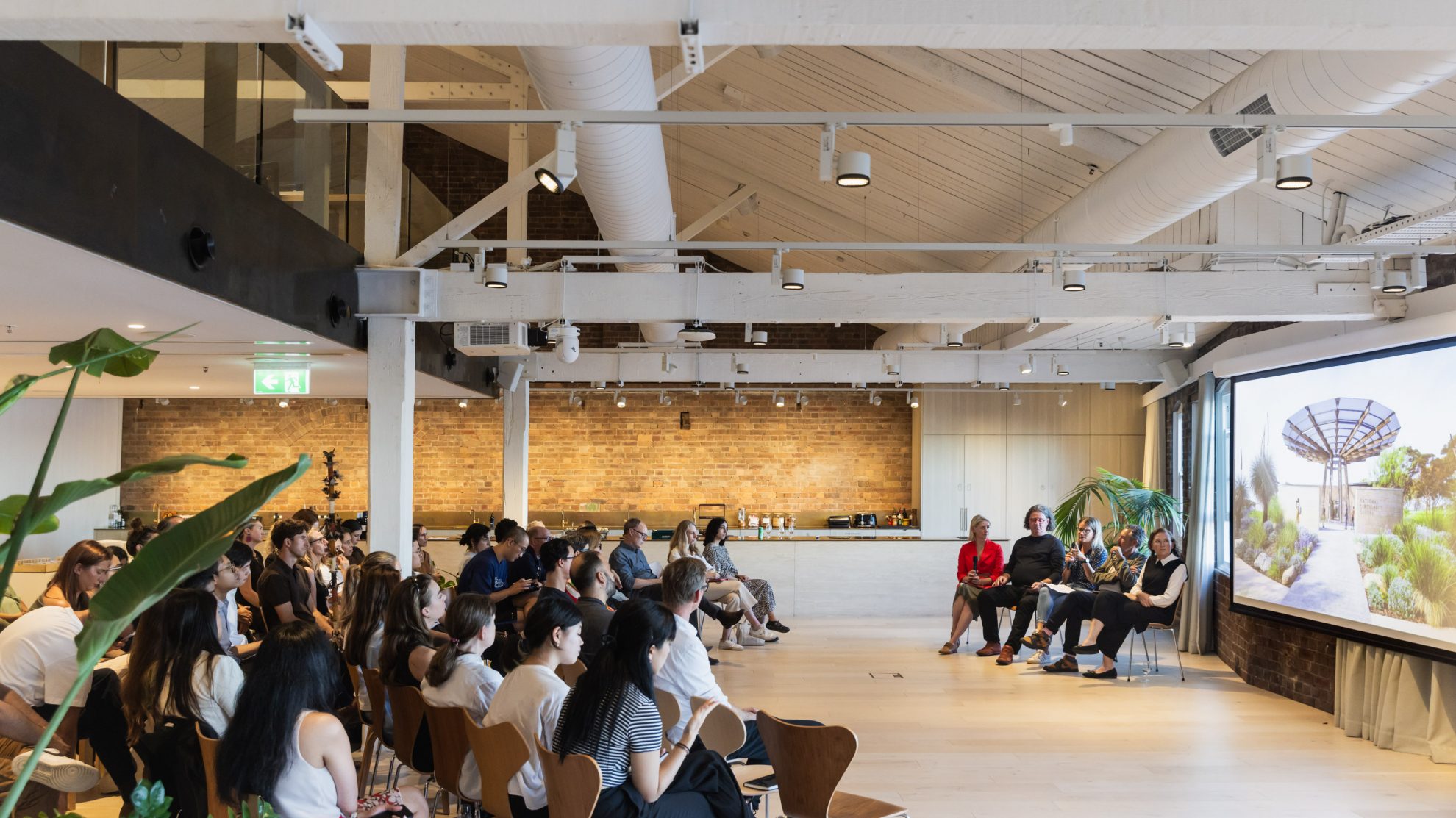
Regenerative Now: built environment projects already delivering regenerative outcomes
Held at our Sydney studio in collaboration with the Living Future Institute of Australia, the ‘Regenerative Now’ panel talk was a bold declaration that regenerative design isn’t just a distant goal – it’s already underway.
Facilitated by Laura Hamilton-O’Hara from the Living Future Institute of Australia, the panel featured design professionals and architects who each unpacked a different aspect of regenerative design. What emerged was a rich variation of approaches, from co-design with communities, to designing with Country and even shaping a built environment to best support its seventh generation of users.
Vanessa Trowell (ClarkeHopkinsClarke) shared her insights on the importance of co-design and stakeholder engagement, using Bourke Street Public School as a prime example. Her key insight – that regeneration starts with listening, especially to those who will inherit the outcomes – showcased how regenerative design principles can be integrated into every aspect of a project, from big moves to small details.
Joe Agius (COX) expanded this to the urban scale of Riverside Theatres in Paramatta, which responds to the ebb and flow of the Parramatta River, deeply rooted in Country, site, and context. More than design, this project is informed by a conversation with Place in consultation and collaboration with its First Nations custodians.
From there, Lydia Vegas Rodriguez (COX) showcased the National Circularity Centre in Bega, highlighting how the use of authentic, renewable materials can foster a sense of reciprocity between a building and its site.
And finally, Paul Reidy (Fitzpatrick + Partners) presented Project Mooro, a design deeply attuned to the site’s history and family legacy, but also the idea of designing not only for today, but for the ‘seventh generation’ into the future.
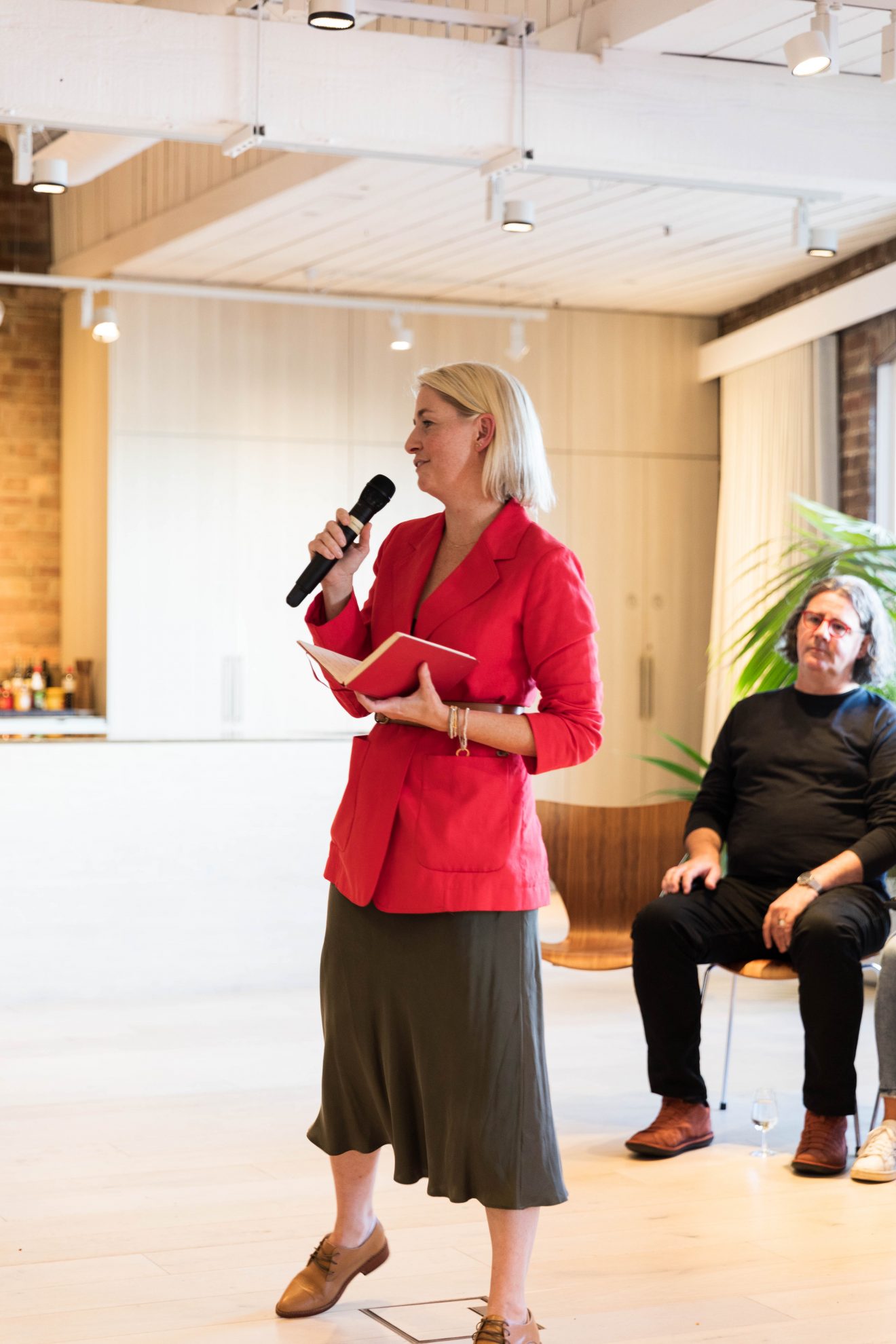
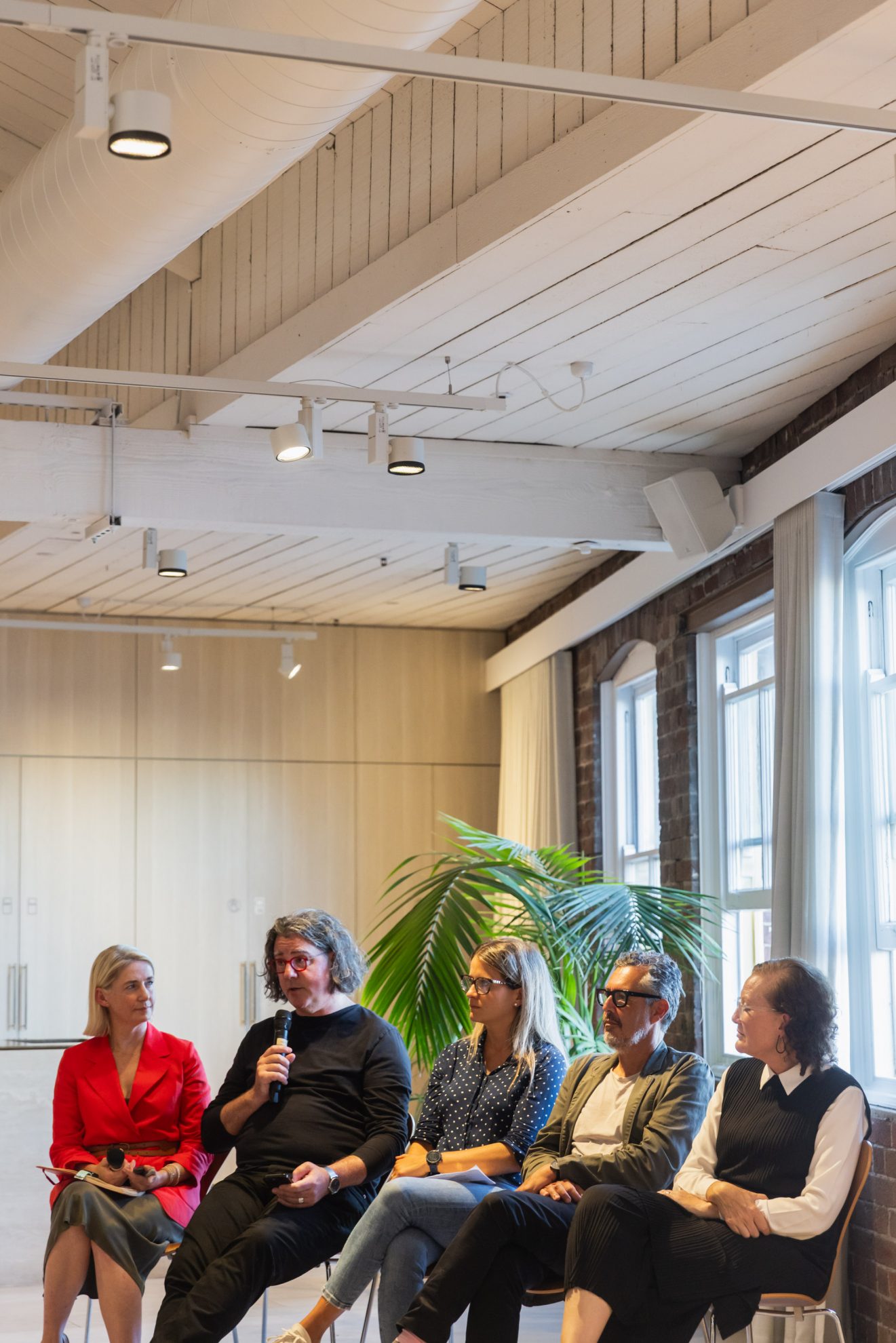
Active Hope in action: transparency and tools for change
Midweek, we turned our attention to transparency in material specification – a critical piece in the climate puzzle that often goes overlooked.
At the University of New South Wales and Arch_Manu, COX’s Dr Matthias Irger joined a lineup including Lucy Sutton (Bates Smart) and Valerie Saavedra Lux to explore the role of Product Aware – a homegrown platform created by Australian Architects Declare volunteers. The platform empowers architects and designers with easy access to sustainability data for building products – promoting transparency and accountability in the specification process.
These tools move beyond mere compliance to shifting power from opaque supply chains to informed, values-aligned design decisions.
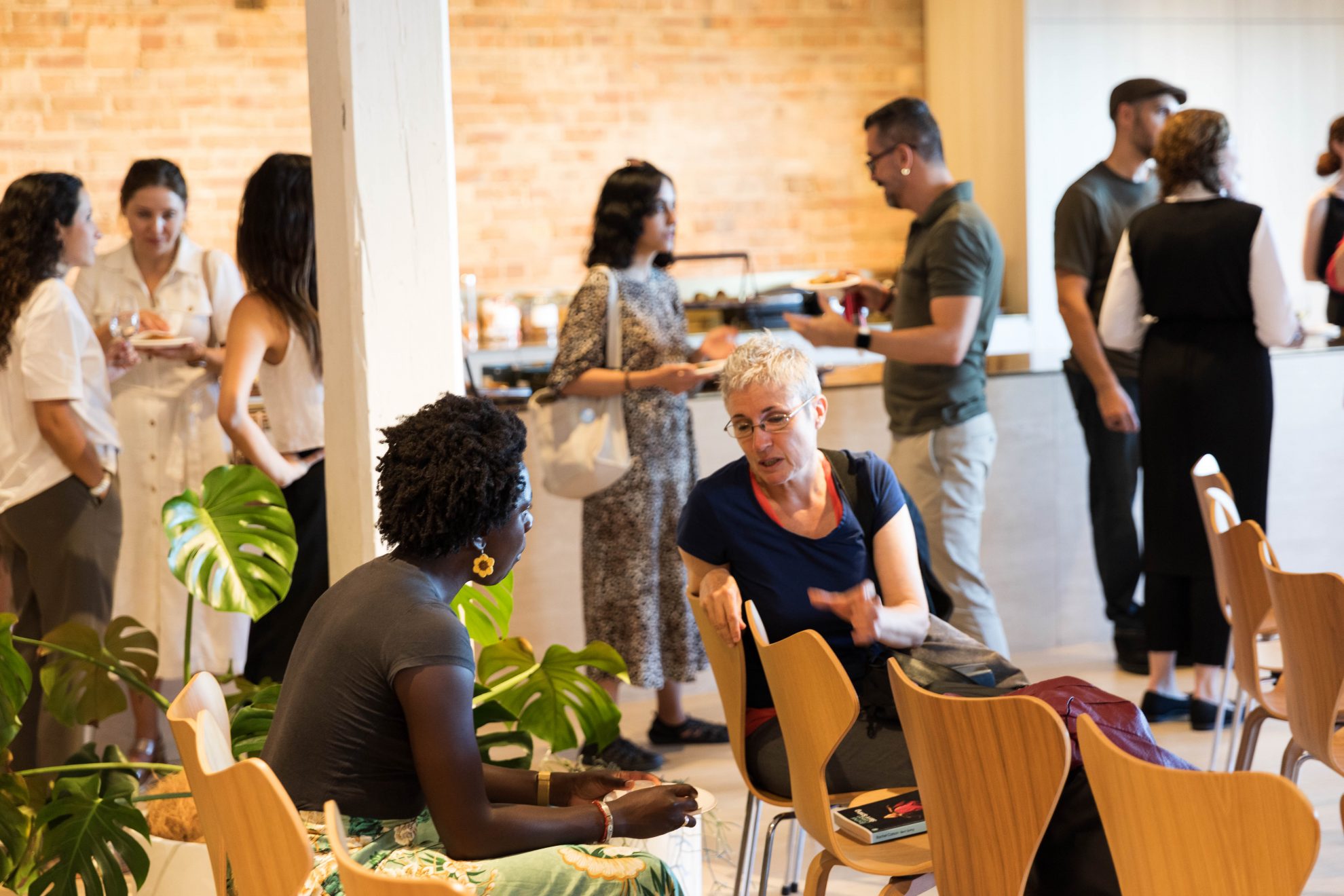
Timber, together: knowledge exchange across borders
To wrap up the week, our Sydney studio hosted the Timber Knowledge Exchange Forum, coinciding with the research tour of Satoru Yamashiro and Paul Shohei Kawanaka from Japan.
This event brought together experts and professionals in timber construction to share knowledge, discuss challenges and explore opportunities for innovation and collaboration. The forum featured a lineup of participants, including academics from the University of New South Wales and the University of Sydney, façade and structural consultant from Eckersley O’Callaghan, market representatives from XLAM, and COX staff working on notable timber projects.
Discussions ranged from durability and moisture resilience issues through to the importance of education and innovation around fire safety.
The event emphasised the importance of international collaboration to advance the timber construction industry, including a proposed establishment of a Pan-Pacific Research Network for Mass Timber Architecture.
Done right, timber construction can increase carbon sequestration, support new economies and promote circularity in the built environment. But it will take shared knowledge, international cooperation and bold leadership to unlock that future.
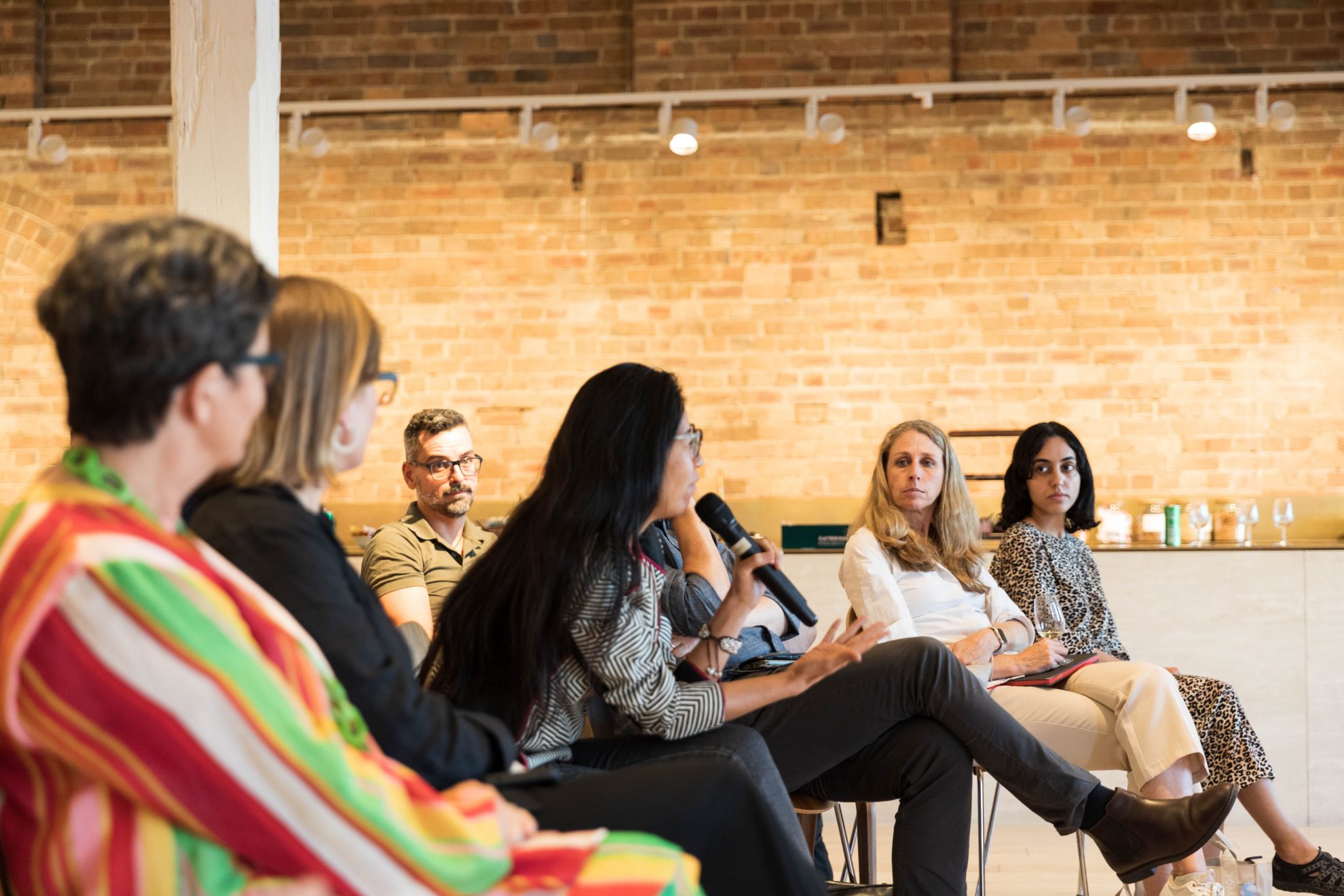
What we’re taking forward
Climate Action Week left us inspired, but also clear-eyed. It underscored the responsibility we carry as designers and the power we unlock when we work across silos.
As we carry on forward, we remain committed to the idea of Active Hope – not passive optimism. It’s an ongoing practice of engaging, listening and acting. We design with this mindset every day with people who share our vision for a climate-positive future.
